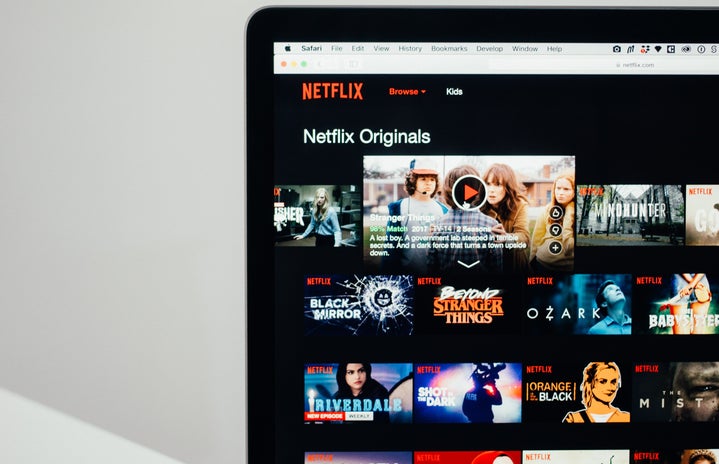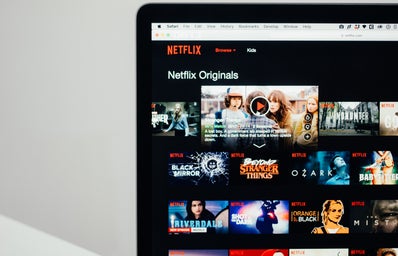Indian representation in Western pop culture has always been a matter of conflict. When it comes to the representation of characters, stereotypes shown and the portrayal of India as a culture and lifestyle raises certain challenges for influencers and icons of mixed backgrounds in a professional capacity.
Reinforcement of the Eurocentric views regarding the ‘Orient’ and South Asian culture begins from a young age, with cartoons like Phineas and Ferb portraying Baljeet as the ‘nerdy and mellow’ character, or Apu from The Simpsons portrayed in the classic stereotypical manner of having a nagging wife, struggling to balance jobs and family, and so on. Not only this sort of humour promotes a culture of ‘The Other’, dichotomising behaviour of people from different races in the minds of impressionable young children, it also has seen to impact the children who a part of the community, creating an environment to internalise the said stereotypes.
The new age pop culture does seem to progress in terms of allowing higher representation, especially in major roles and positions, even so on a tokenistic measure to increase ‘diversity’, it becomes imperative to realise the need for genuine icons and influencers, instead of the usual faces seen everywhere. Instances of influencers capitalising on their identities have been criticised by viewers everywhere, be it Lilly Singh or Superwoman reinforcing stereotypes of ‘typical Indian parents’ or the portrayal of characters such as Devi and her family, in the recent show Never Have I Ever; essentially work of icons having mixed backgrounds.
Reviews of such shows usually include critical praise for the representation of diverse characters and for higher diversity, however, they fail to take into consideration the complexity of said diversity. These are raised by critics belonging to the very backgrounds, in terms of seeing only a ‘Savarna’ representation, rigid sexuality, exaggeration of accents, and other typical stereotypes in education and occupation; where Indians are portrayed to be ‘brainy’ and mostly are found working in fields of engineering or medicine, as seen in popular shows like the Big Bang Theory, in the case of the character Raj.
Movies and shows placed in the Indian context, by Western creators, tend to be dominated by a certain perspective already prevalent in the industry; reflecting only the lower echelons of the Indian society due to relevance, as seen in Slumdog Millionaire, or the perceived culture of spirituality as the very essence of Indian culture, as seen in Eat, Pray, Love. Here, it becomes significant to emphasise on the obsessive nature of the Western industry to place primary focus on the slums of India or the alternative being a culture of spirituality and the ‘exotic’ aspect of the Indian lifestyle; both sides being seen in not only movies but also in music videos such as ‘Hymn for the Weekend’ by the band, Coldplay.
Keeping in mind these challenges to explore the tenets of Indian representation, inspiration can be found in the work of icons and influencers, who work towards reclaiming the space of inclusivity and diversity by bridging the gap of genuine and accurate portrayal and the Eurocentric outlook on the same. Influencers like Alok V Menon can be an example of propagation of one’s own culture without the tendency to capitalise on the same, or work by Mindy Kaling in her show ‘The Mindy Project’ which revolves around her acceptance of not being ‘Indian enough’ or ‘American enough’, acknowledging her identity as an American-Indian and living up to it, or the portrayal of her brother quitting his ‘Ivy League-level education’ to pursue a more regular career in the music industry.
Recognising the significance to promote a balanced and accurate assimilation of the complex identities of local Indians and Indians in the West, it becomes important to provide the required space to genuine representation and creators and acknowledge their struggle to amalgamate qualities of each culture and identity they choose to portray.
With shows like Sex Education, Sense 8 and Outsourced and movies like Lion and The Hundred-Foot Journey, cultural assimilation and representation becomes clearer with regards to acknowledging certain differences, while depicting them without a biased outlook; making it necessary to avoid internalisation of stereotypes and feelings of being different, while simultaneously placing importance on the value of the culture and the traditional roots. This aids in creating a balance not only in the mindsets of the viewers but also on how the Western entertainment industry views India.


